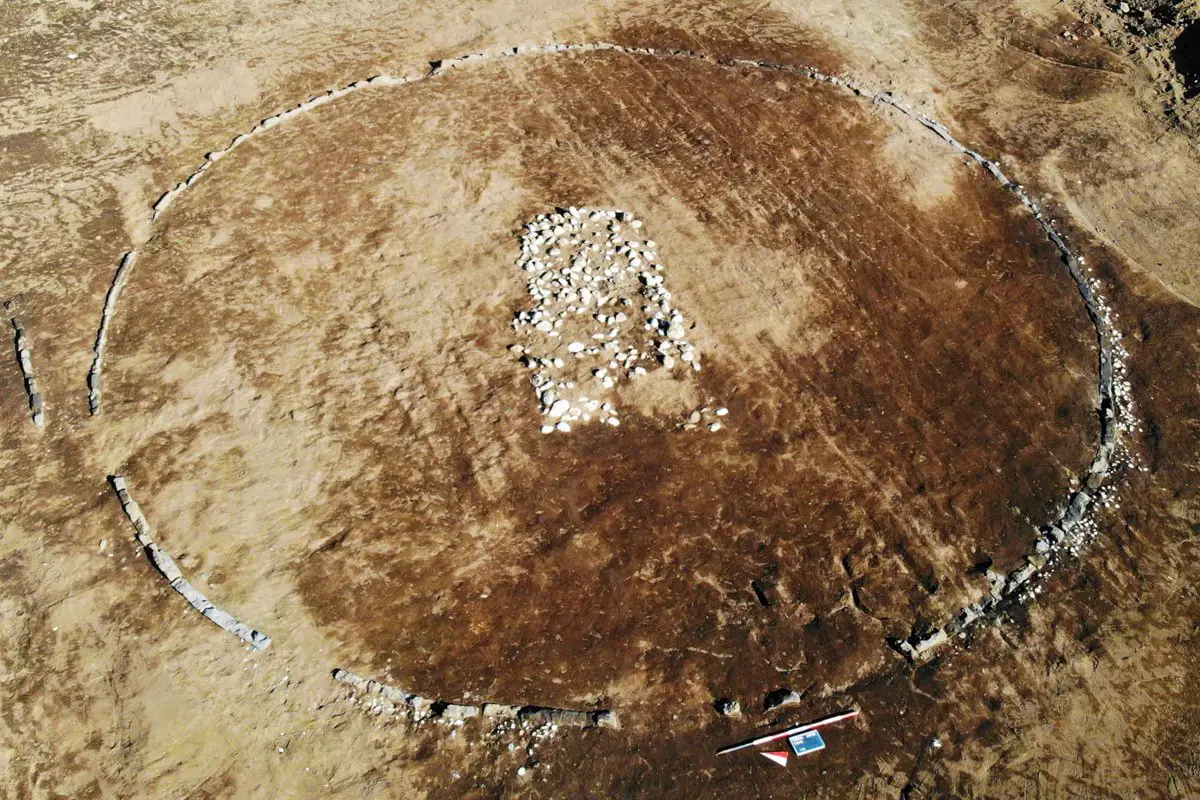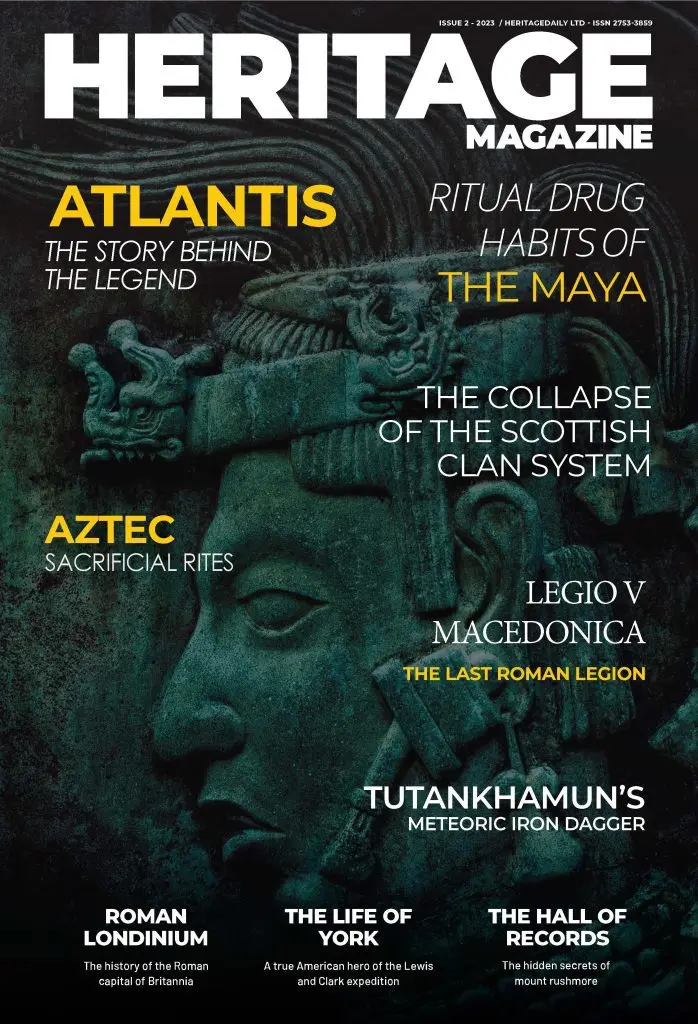The Superintendency of Archaeology, Fine Arts and Landscape for the provinces of Caserta and Benevento have announced the discovery of a vast Iron Age necropolis in Amorosi, located in the Italian province of Benevento.
The necropolis was found in the Valle Telesina in the vicinity of the Volturno River during works for a new power plant being constructed by the Terna Group.
Excavations over an area of 13,000 square metres have identified 88 burials belonging to the “Pit Tomb Culture”, an Iron Age people that inhabited Campania before the emergence of the Italic Samnites.
The burials date from the 8th to the mid-7th century BC, and are a mix of male and female burials containing associated grave goods and funerary offerings. Ceramics of various shapes were placed as offerings at the feat of the deceased.

The male burials mainly contain weaponry, while the female burials have ornamental objects such as fibulae, bracelets, pendants, worked bone and amber.
According to the archaeologists, the burials are the interred remains of high status individuals, evidenced by the “objects of extraordinary prestige” that includes finely decorated bronze belts or bronze-rolled vessels.
The most significant discoveries are two monumental mound burials indicated by the presence of substantial stone circles measuring approximately 15 metres in diameter. The archaeologists theorise that the mound burials belonged to the elite members of the culture, possibly the ruling chieftain.
Samples of soil taken during the excavations were sent for an archaeobotanical analysis to provide data on the environment and flora, in addition to an anthropological analysis of the bone remains.
Header Image Credit : Superintendency of Archaeology
Sources : Superintendency of Archaeology, Fine Arts and Landscape for the provinces of Caserta and Benevento







